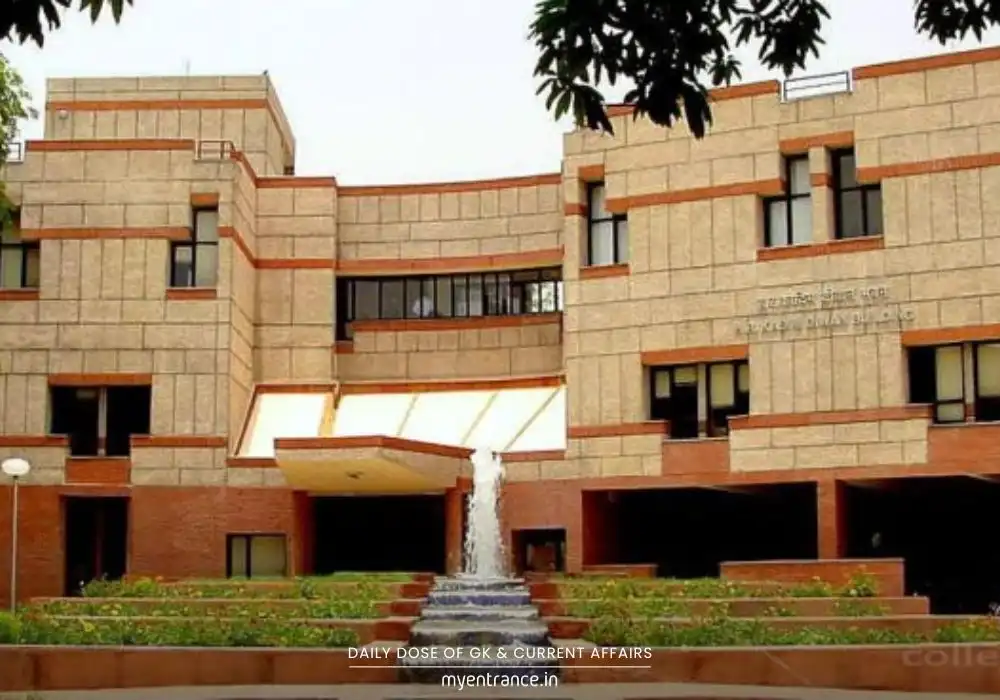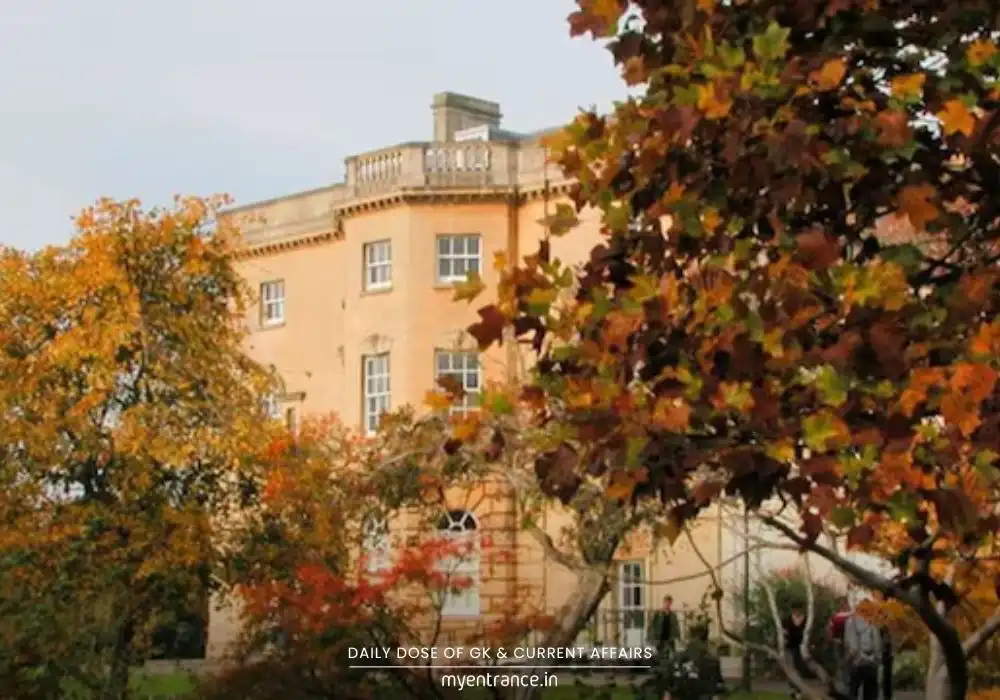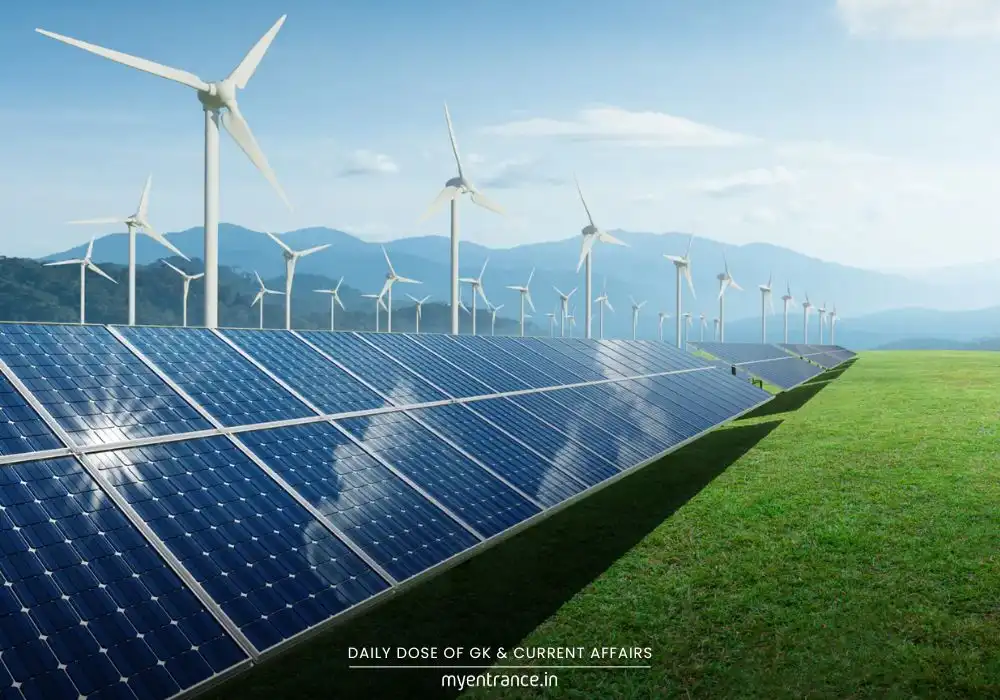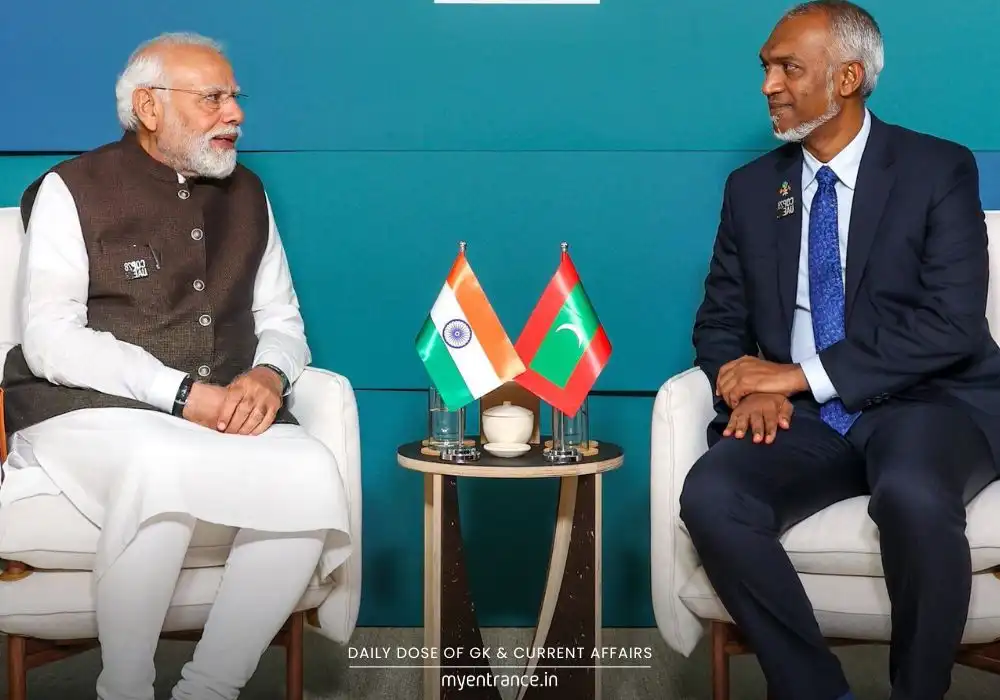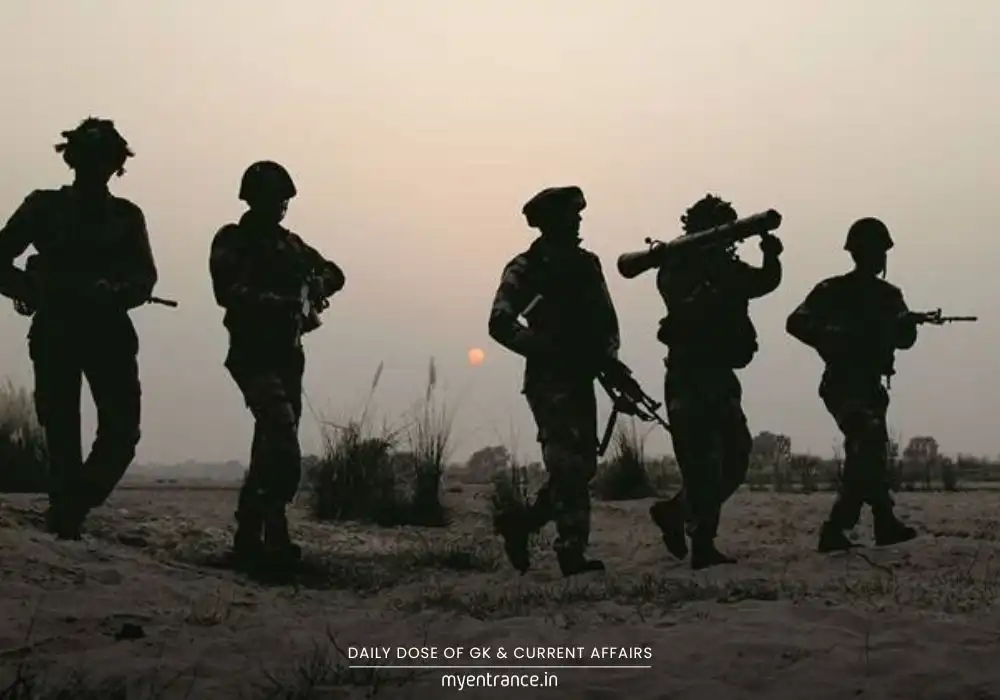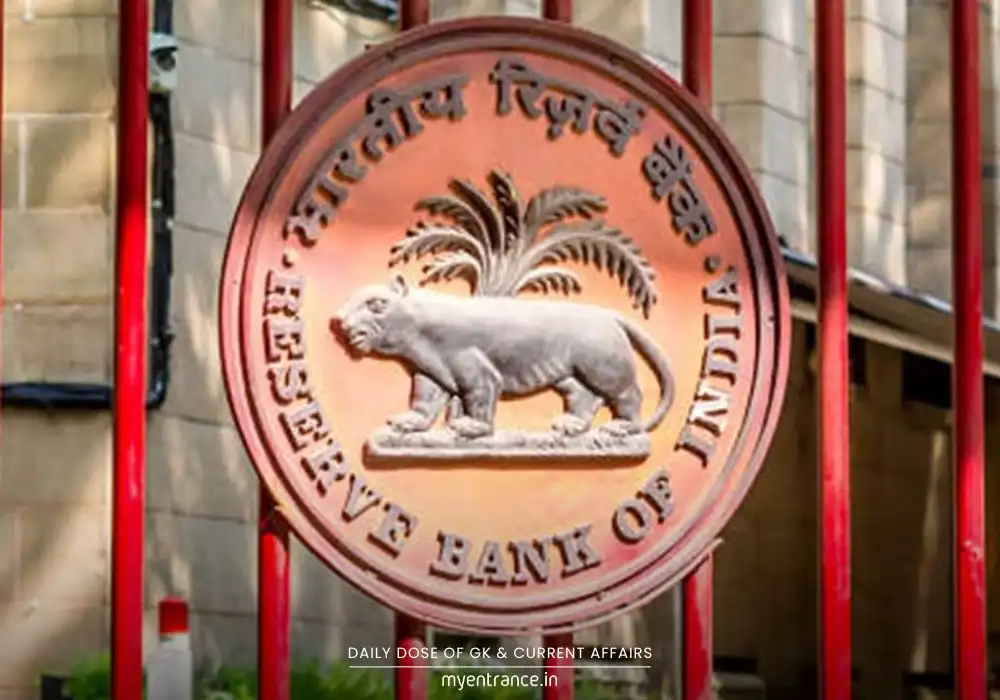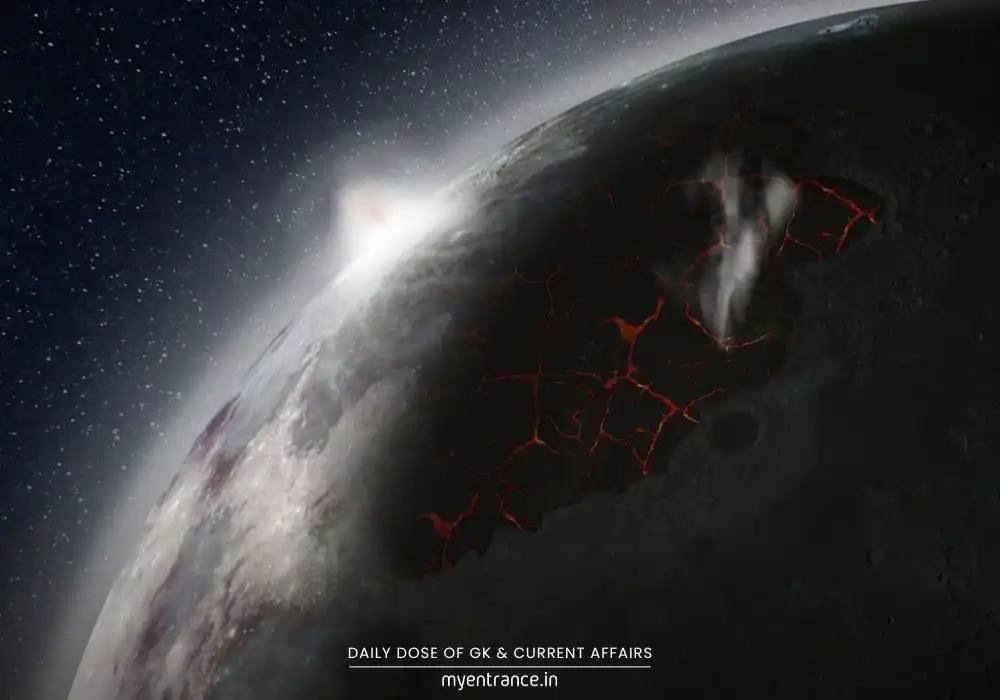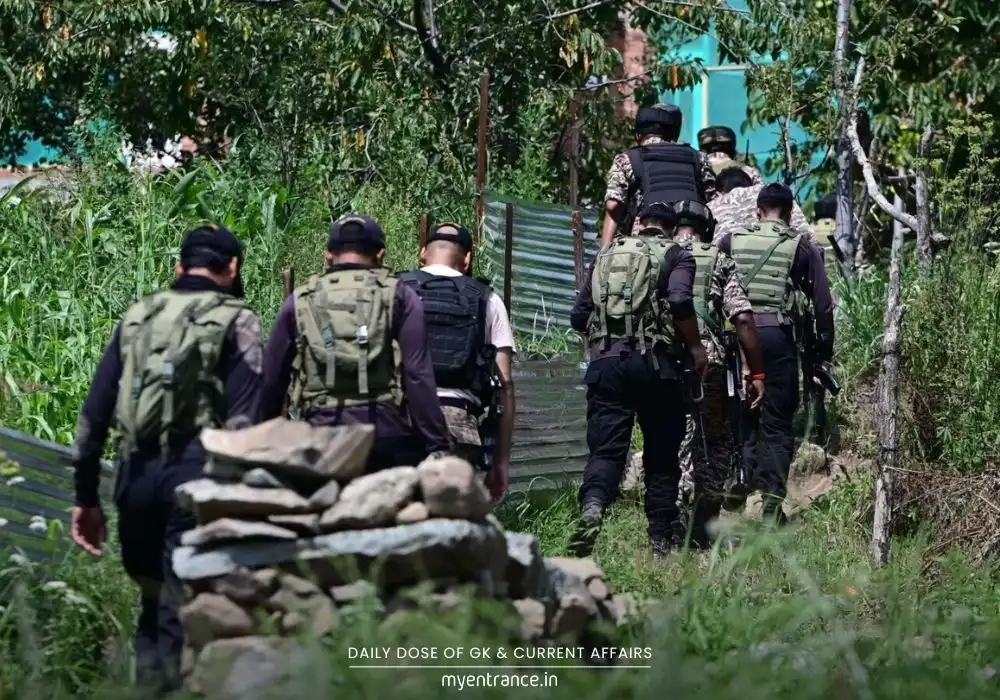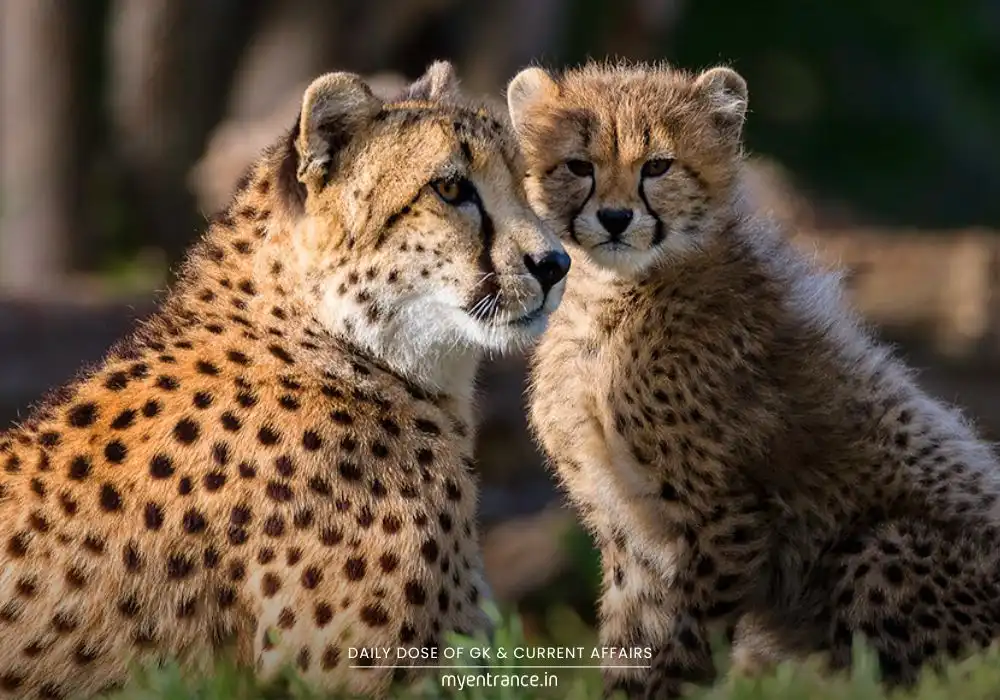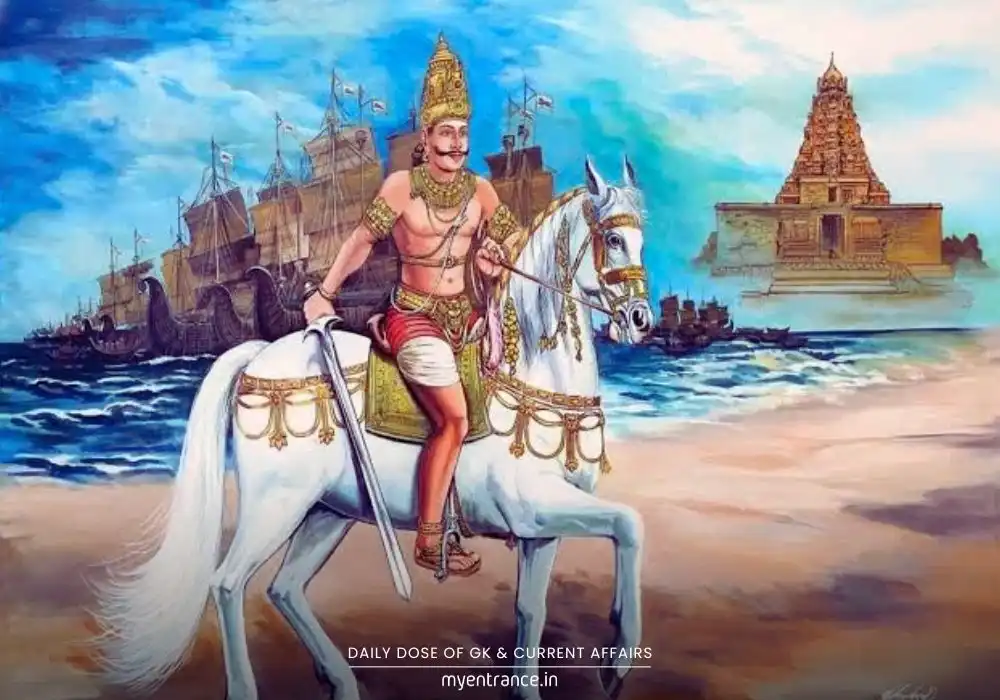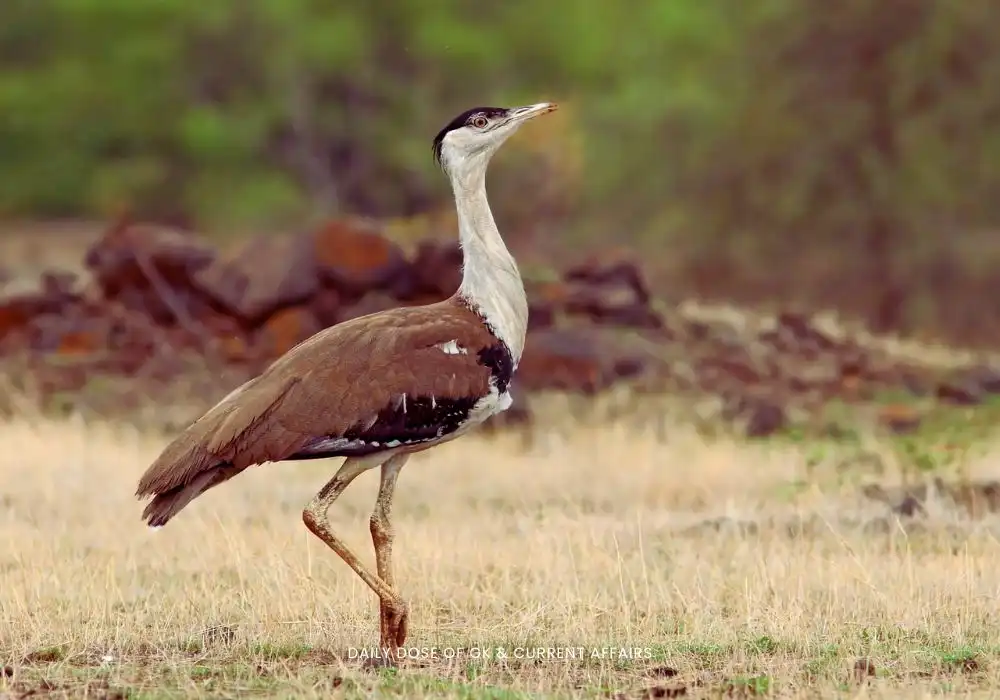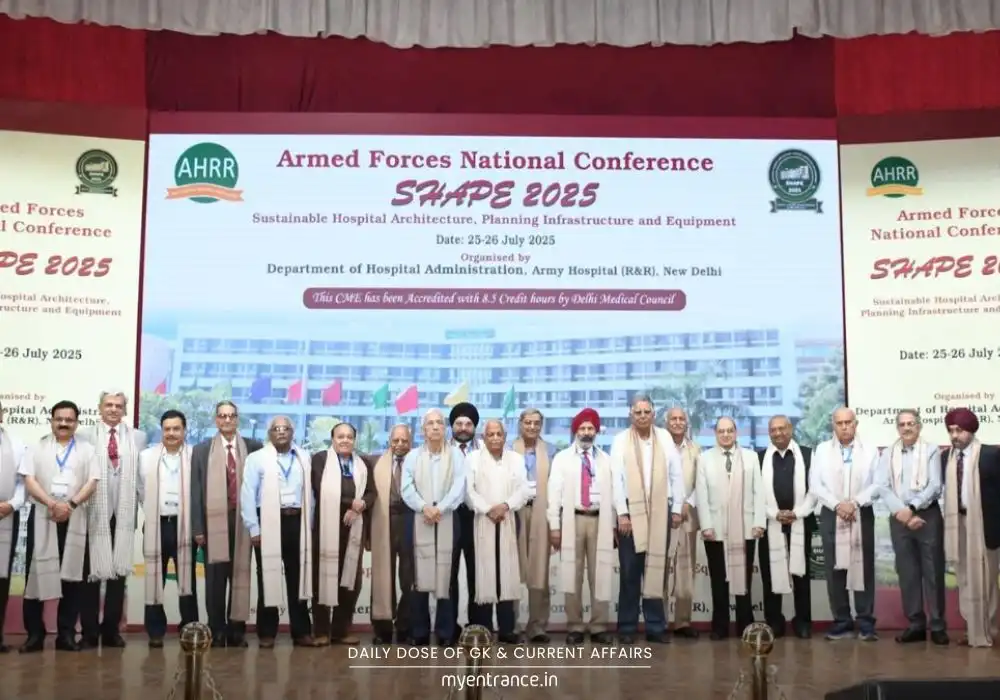Translate Language
Wetland Wonders: How India Became a Conservation Leader at COP15
India just set a global benchmark in wetland conservation! At COP15 in Zimbabwe, the country revealed how it restored 68,827 wetlands in one year through community participation and cutting-edge tech. With Asia’s largest network of Ramsar sites, India’s model proves ecological revival is possible—and scalable.
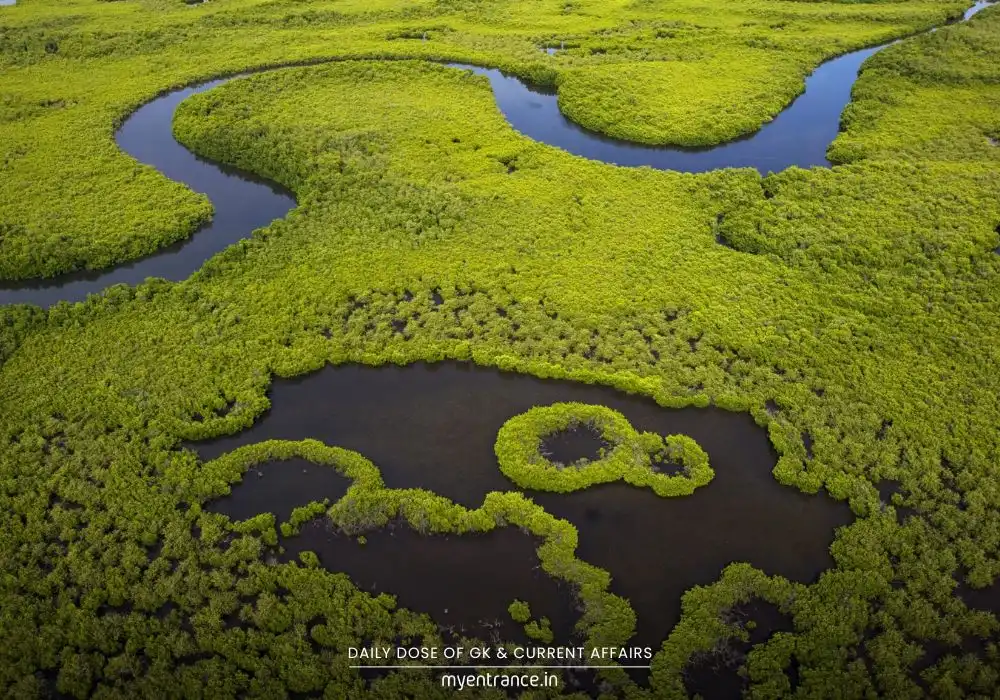
Why Wetland Conservation Matters More Than Ever
Wetlands aren’t just scenic landscapes—they’re Earth’s lifelines. They filter water, prevent floods, nurture biodiversity, and store carbon to fight climate change. Ignoring them risks ecological collapse, food insecurity, and water scarcity. India’s massive wetland revival isn’t just impressive; it’s a survival lesson for the planet.
India’s COP15 Spotlight: A Masterclass in Conservation
At the Ramsar Convention’s COP15, India shared its revolutionary wetland conservation strategy, blending grassroots action with smart technology. Here’s what stunned the world:
Mission Sahbhagita (2022): This “all of society” approach rallied communities, NGOs, and local governments to protect wetlands together.
Amrit Sarovar: A scheme to revive 50,000 small wetlands nationwide (75 per district), leveraging existing funds for maximum impact.
Tech-Powered Precision: Using satellite imaging and GIS mapping, India mapped wetlands as tiny as 0.1 hectares—enabling targeted restoration.
Record-Breaking Results
In just 12 months, India rejuvenated 68,827 wetlands by unifying communities and tech. Environment Minister Bhupender Yadav highlighted two landmark wins:
91 Ramsar Sites: Asia’s largest network (1.36 million hectares), expanded by 250% in a decade.
First “Wetland Cities”: Udaipur and Indore earned global recognition for urban wetland stewardship.
Grassroots Heroes Lead the Way
Haryana’s Sultanpur National Park and Bhindawas Bird Sanctuary—both Ramsar sites—were showcased as conservation icons. Their success? Local communities leading habitat restoration, proving that people power drives real change.
India’s Global Call to Action
Yadav urged nations at COP15 to adopt sustainable lifestyles and policies, emphasizing: “Conservation only works when everyone owns it.” As a founding Ramsar Convention member (1971), India’s model offers a blueprint for 172 countries to heal ecosystems—one wetland at a time.
Q&A on Wetland Conservation:
Q1: Why should we care about wetland conservation?
A1: Wetlands are “ecological kidneys”—they purify water, recharge groundwater, prevent floods, and host 40% of Earth’s species. Lose them, and we face water crises, biodiversity loss, and climate disasters.
Q2: How did India restore so many wetlands so quickly?
A2: By combining community participation (Mission Sahbhagita) with tech like GIS mapping to identify small wetlands. Converging funds from existing schemes accelerated the work without new budgets.
Q3: What role do cities play in wetland conservation?
*A3: Urban wetlands (like in Udaipur and Indore) reduce heat, manage wastewater, and boost resilience. India’s “Wetland City” tag proves cities can be eco-heroes!*
Q4: Can small-scale efforts really make a difference?
*A4: Absolutely! India’s focus on tiny wetlands (even 0.1-hectare ones) shows small projects collectively drive massive change. Local action = global impact.*
Q5: How can students help conserve wetlands?
*A5: Join citizen-science projects, report pollution, plant native species near water bodies, and advocate for wetland policies. Every voice counts!*
Get 3 Months Free Access for SSC, PSC, NIFT & NID
Boost your exam prep!
Use offer code WELCOME28 to get 3 months free subscription. Start preparing today!
